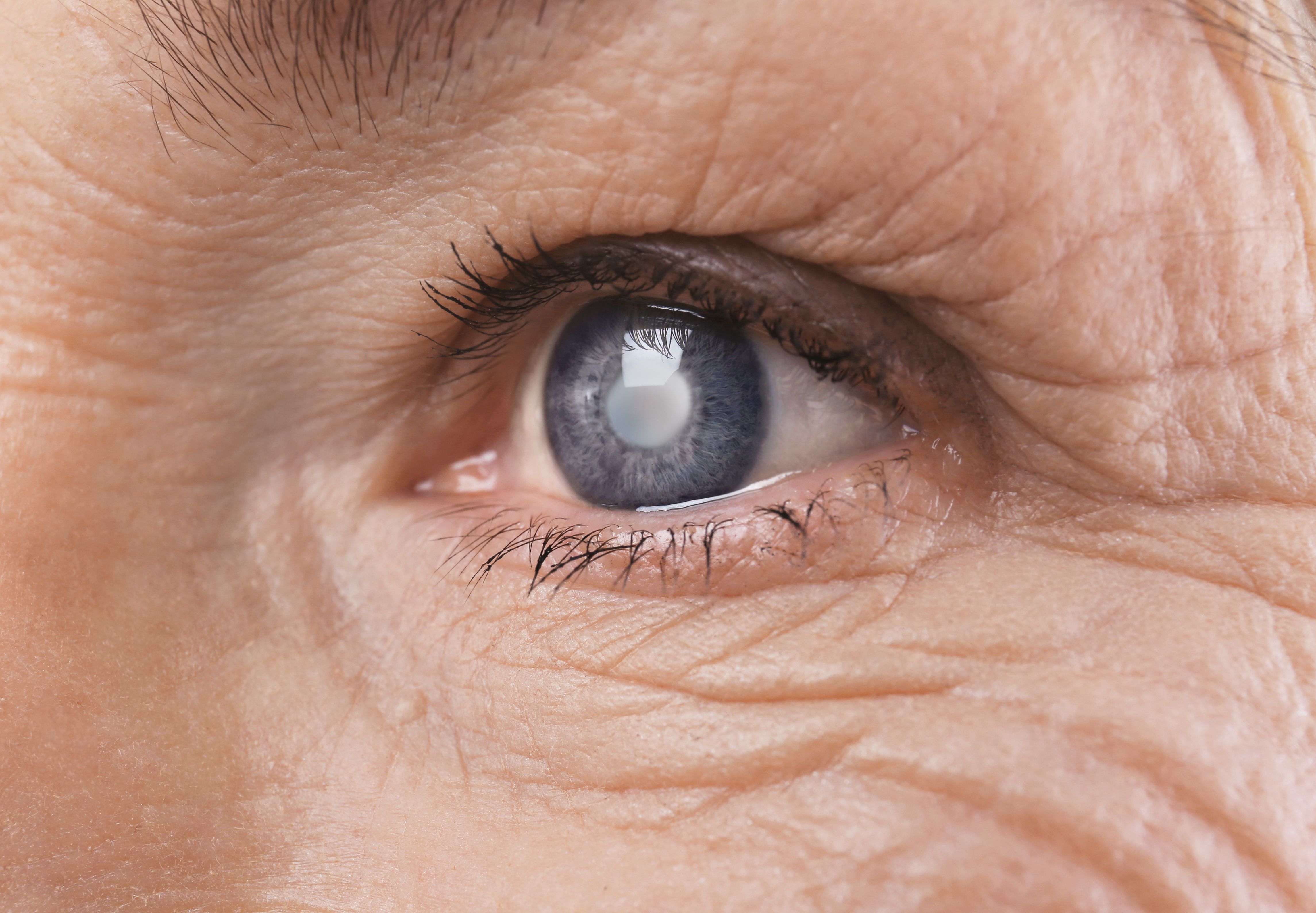- Center on Health Equity & Access
- Clinical
- Health Care Cost
- Health Care Delivery
- Insurance
- Policy
- Technology
- Value-Based Care
Ultrasound Cycloplasty, Endoscopic Cyclophotocoagulation Can Reduce IOP in Secondary Glaucoma
Endoscopic cyclophotocoagulation had better effect at early stages and ultrasound cycloplasty had higher safety and tolerance when treating intraocular pressure (IOP) in patients with secondary glaucoma.
A study in Scientific Reports reported that ultrasound cycloplasty (UCP) and endoscopic cyclophotocoagulation (ECP) were both effective methods of treating secondary glaucoma, particularly in reducing intraocular pressure (IOP). UCP had higher safety and tolerance in patients whereas ECP was more effective in the early stages.
Secondary glaucoma can be caused by eye or systemic diseases and lead to the increase of IOP in the eyes. The condition is more severe compared with primary glaucoma with the only treatment being to control IOP. UCP and ECP are ciliary destruction surgeries that produce thermal effects that control the producing of aqueous humor, which affects IOP. Although both of these treatments have been noted as effective, the treatments have not been compared with each other. This study aimed to compare IOP, dosage, and complications after patients have either ECP or UCP surgery.
Close-up of Woman's Eye | Image credit: Africa Studio - stock.adobe.com

Patients eyes were treated from November 2017 to September 2022 for if they had UCP surgery and from January 2019 to November 2022 if they had ECP. Patients were included if they were diagnosed with secondary glaucoma, were between 18 and 90 years of age, had insufficient control of IOP when using hypotensive medication, had an IOP of 20 mmHg or higher, had no surgery for their eyes in the previous 90 days, and gave their informed consent. Patients were excluded if they had an eye infection in the previous 2 weeks, were pregnant or breastfeeding, or had any past medical history that could interfere with determining the efficacy of the UCP or ECP treatment.
All patients had a routine eye exam before being operated on. The patients were followed up after 1 day, 1 week, 1 month, 3 months, 6 months, and 12 months after treatment. The eye exam was taken again to evaluate differences in uncorrected visual acuity and IOP measurement. Average IOP, complications, and drug use compared with the baseline were the secondary outcome, with the main outcome being that the operation was successful. The surgery was considered a complete success if IOP decreased by at least 20% from baseline.
There were 22 eyes from 22 patients aged between 25 and 80 in the UCP group and 23 eyes from 23 patients aged between 35 and 88 in the ECP group. All patients in both groups had statistically different average IOP at the 1 day, 1 week, 1 month, 3 months, 6 months, and 12 months follow-up appointments. Differences between the groups occurred in the 1 day and 1 week follow up after surgery, with the mean (SD) IOP being lower in the ECP group in both the 1 day (15.8 [4.6] vs 25.5 [9.7]) and 1 week (16.4 [5.7] vs 20.9 [6.0]) follow-up visits compared with the UCP group, respectively. However, the differences were not significant at other follow-up times.
Number of hypotensive medication drops and tablets was not significantly different between the 2 groups both at baseline and after 1 year, with both the ECP and UCP groups having reduced need for hypotensive medication drops. ECP had a 61% complete success rate vs 45% in the UCP group after 12 months.
Scleral marks and eye pain occurred in both groups during and after surgery, with more scleral marks occurring in the UCP group (26 vs 0). However, the UCP group had fewer complications after the operation overall compared with the ECP group, with 18 postoperative complications in the UCP group compared with 35 in the ECP group.
There were some limitations to this study. There was a lack of clinical applications of the surgeries. An increased number of patients dropped out of the study due to the flexible adjusting of the treatment plan according to the IOP of the patient and employing surgical rescue treatments when needed. Because patients were only treated once, patients who have to be treated more than once may have different safety. The sample size for the study was also small.
The researchers concluded that UCP and ECP are effective in treating secondary glaucoma in both reducing IOP and reducing the use of hypotensive medications. ECP is effective in reducing IOP earlier whereas UCP has been found to have a better safety profile with fewer complications.
Reference
Ruixue W, Wenjun D, Le J, et al. A comparative study of ultrasound cycloplasty and endocscopic cyclophotocoagulation in the treatment of secondary glaucoma. Sci Rep. 2023;13:23073. doi:10.1038/s41598-023-50157-6
Cumulative Atropine Not Associated With Increased Risk of Ocular Events in Children With Myopia
September 17th 2025Although children living with myopia taking atropine did experience an increased incidence of cataracts, glaucoma, or maculopathy, it is unclear if this risk was confounded by myopia severity.
Read More
